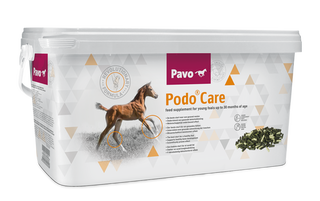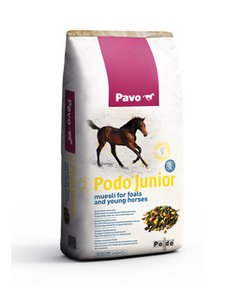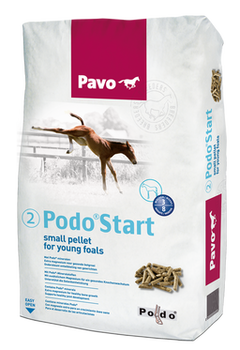
Week 2

Coordinaton
A foal will have spent many months in the womb but as soon as it is born, its muscles and coordination must be encouraged into action soon, which is why it will buck into motion. After about ten days, the foal will start to venture further away from its mum and join other foals.
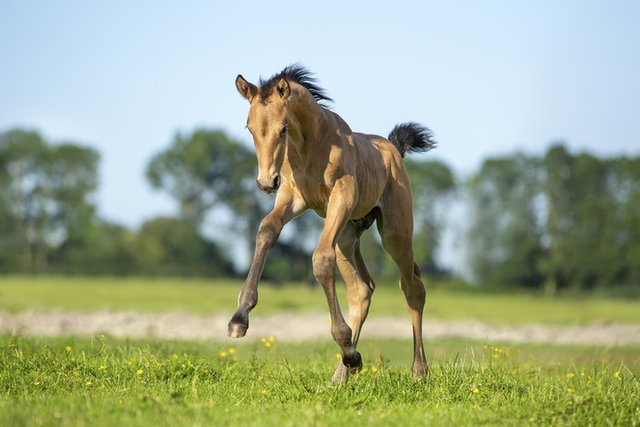

Eating faeces
Within ten to fourteen days, the foal will eat its mum's faeces. This may not sound very appetising, but is important. For the development of microflora in their intestines, it is essential for foals to eat faeces. This will ensure that they will be able to ferment fibres by the time they start eating roughage. The bacteria and microflora required for this are contained in their mother's faeces. The foal will need to ingest this in balanced measures. It can be considered a natural way of conditioning the intestines.
If you have a foal who has lost its mum, then make sure that your foal always has fresh manure available.
Interesting Fact!
During the first month, a warmblood foal will grow by more than a kilogramme per day.

Worm treatment
Ten to fourteen days after birth, the foal should gets its first worm treatment, targeting foal worms, which your foal may ingest via its mum's udder or milk. Use a worm treatment containing Ivermectine. During worming, it is important for this to be a positive experience. So make sure you give a reward. After the worm treatment, tickle the foal right behind its withers or give it syrup or apple sauce. The foal will like it.
Tip!
For the hooves to develop optimally, it will be important to have them regularly checked. It is wise to invite a farrier to come over within a couple of weeks from foaling, who will be able to assess the state of the hooves and, if necessary, arrange corrections from early on. If you are not sure about the state of the hooves, then get the farrier to come round as soon as possible. If there are major defects, they will often be noticed by your veterinarian soon after birth too.
Week 3

Eating cubes
When your foal is over two weeks old, you will notice that it is starting to be interested in its mother's concentrate. Through the mother's milk, your foal gets all the substances it needs to live and grow. However, the amount of minerals is just not enough to optimally support bone development, so it is good for your foal to start eating concentrates as soon as possible. When the animal starts to need pellets or muesli varies a lot from foal to foal. Some as early as two to three weeks, others as late as six weeks. As soon as the foal becomes interested, you can choose Pavo PodoStart (pellets), Pavo PodoJunior (muesli) or Pavo PodoCare (balancer).
The choice of a concentrate (Pavo PodoStart and PodoJunior) or a balancer (Pavo PodoCare) depends on the quality of your roughage. If you have good quality roughage – with sufficient energy and protein - then the balancer PodoCare may be sufficient. If not, start with PodoStart or PodoJunior.
You can continue to feed Pavo PodoCare throughout the foal period and during rearing. You can feed Pavo PodoStart until your foal is weaned. After that, you can switch to Pavo PodoGrow. You can continue to feed Pavo PodoJunior until the foal is 3 years old. Of course, you can also switch to PodoJunior from PodoStart.
Quality roughage
It is important for foals to get good quality roughage. It should not contain any dust or fungus and must have a high energy and protein content. Ideally, the roughage would be of a quality high enough that it would not be necessary to supplement it with a concentrate.
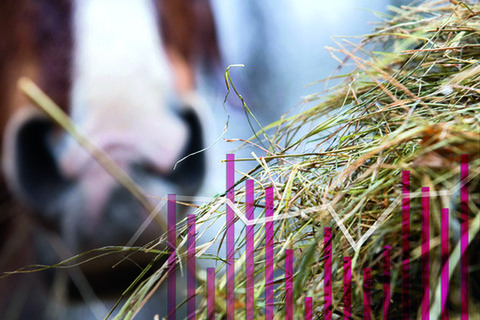
Tip!
Give your foal its cubes in a separate bowl. Make sure this bowl is big enough for your foal but too small for your mare, to stop your mare eating her foal's cubes.
Week 4

Contact
Make sure your foal gets a lot of handling and brush it regularly, using soft bristles. It is more about making contact and touching your foal rather than about cleaning it. Use long and slow strokes and talk to your foal, without forgetting to touch its legs too.
The halter
Once your foal has got used to getting touched, you can start practising with the halter. Use slow and deliberate moves and use your voice. Give your foal a chance to sniff the halter first, before you put it on. Undo the buckle of the strap that goes behind the ears, so you will not need to pull the halter over its ears. Do not leave the halter on permanently. There is too much risk that the foal will get stuck. You do not need to wait until the third week with this, but may even start introducing the halter from the first or second week.
Once your foal has got used to the halter, you can start introducing the halter rope. Practise this in the stable or a small paddock first. Stay close to the mare, so that your foal will experience the least amount of stress. It is important for your foal to experience humans as something positive. Apply slight pressure to the rope and ask the foal to move left or right. As soon as one foot starts to move, you should release the pressure. Do not continue to pull. Repeat this a number of times, gently, so the foal understands what you are asking it to do.
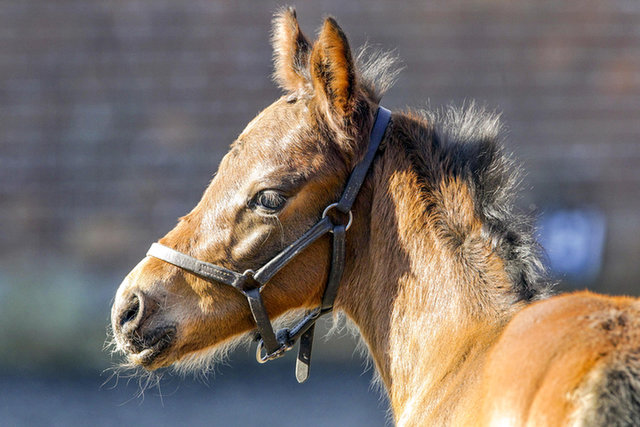
Interesting Fact!
Drinking, playing, gaining new impressions… it all demands a lot of energy from your foal! This is why a foal will sleep some 50 to 60 percent of the day.

Farrier
Regularly brush your foal's legs. Do not wait with lifting its feet until the farrier arrives for their first visit. Practise this from the very first weeks. It is useful to have one person holding the foal and another person lifting and bending the leg. Repeat this twice a day, until it becomes easy. Have your foal checked out by the farrier, to make sure that an incorrect hoof position, for example, is corrected in time.

